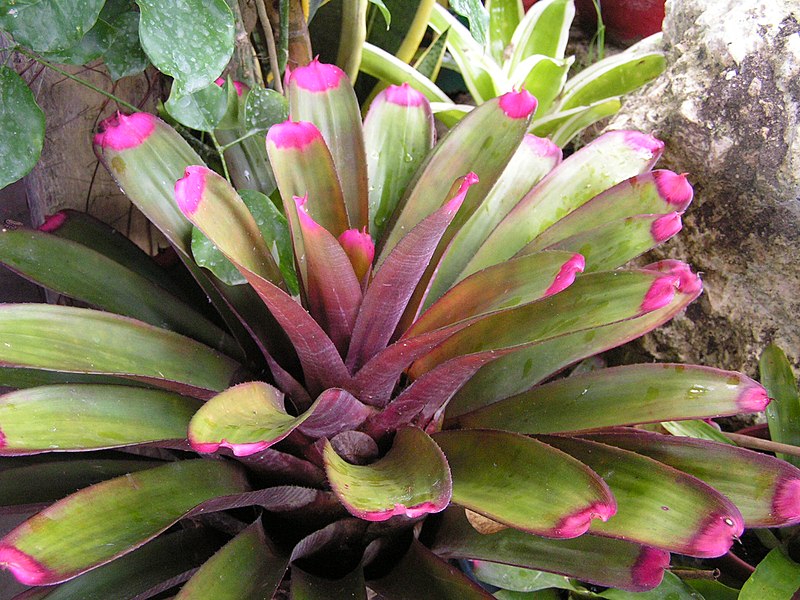 Today I’d like to introduce Hagen’s Smart Plants, a new line of artificial plants that hold great promise for those keeping Poison Frogs (Dendrobates, Phyllobates, etc.) and arboreal snakes, tarantulas, crabs and similar creatures.
Today I’d like to introduce Hagen’s Smart Plants, a new line of artificial plants that hold great promise for those keeping Poison Frogs (Dendrobates, Phyllobates, etc.) and arboreal snakes, tarantulas, crabs and similar creatures.
Bromeliad Specialists
Poison Frogs are well-known for their fascinating breeding strategies, which in some species involves transporting the tadpoles from terrestrial nest sites to the water-filled bases of Bromeliads and other plants, where they mature. Females of several species return to deposit unfertilized eggs as food…some even wait for a signal from the tadpole before laying (please see article below).
Artificial Tadpole-Rearing Pools
 Keeping these little gems in a terrarium furnished with live plants is ideal, but not everyone does well with the sometimes finicky Bromeliads, and not all available types provide pools that collect water. Enter Hagen’s artificial Smart Plants. The company’s new Bromeliad, available in 8.5 inch and 14 inch sizes, is specifically designed to provide a naturalistic pond into which Poison Frog tadpoles can be deposited (I can hear herpers my age and older saying “Where were these things when I started out”?!).
Keeping these little gems in a terrarium furnished with live plants is ideal, but not everyone does well with the sometimes finicky Bromeliads, and not all available types provide pools that collect water. Enter Hagen’s artificial Smart Plants. The company’s new Bromeliad, available in 8.5 inch and 14 inch sizes, is specifically designed to provide a naturalistic pond into which Poison Frog tadpoles can be deposited (I can hear herpers my age and older saying “Where were these things when I started out”?!).
The replicated Bromeliads are very realistic, and make fine terrarium decorations by themselves or when mixed in with living plants (the frogs will unerringly find the pools, no matter how dense is the plant cover). Frogs that I’ve maintained in large zoo exhibits have used artificial, elevated rearing sites such as overturned flower pots, so I have no doubt that the Bromeliads will be accepted.
The plants’ leaves can be molded to suit your needs, and are removable for easy cleaning. The line also includes a Scindapus (Devil’s Ivy/Pothos), and I’m hoping for new additions in the future.
Further Reading
 Bromeliad-Living Tadpoles that Beg for Food
Bromeliad-Living Tadpoles that Beg for Food
Life in a Bromeliad Pool: Crabs, Tadpoles, Spiders and more…
Next time we’ll look at using artificial Bromeliads with arboreal snakes, lizards, tarantulas and other creatures.
Dendrobates sylvatica image referenced from wikipedia and originally posted by Superoxen
Bromeliad image referenced from wikipedia and originally posted by pinay06
 That Reptile Blog – Reptile, Amphibian and Exotic Pet Care and Information
That Reptile Blog – Reptile, Amphibian and Exotic Pet Care and Information


